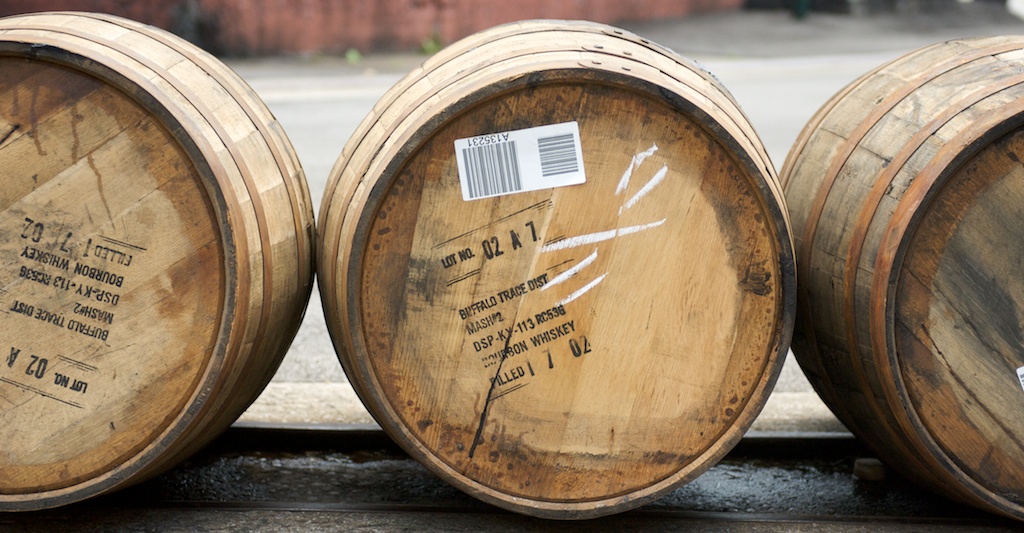Bourbon Distillers Prepare to Shut Down

Bourbon distillers are about to go into shutdown mode.
At least once a year, distilleries shut down for anywhere from two weeks to a month to make scheduled repairs. Just as your mechanic replaces certain car parts based on mileage, distillery maintenance crews and vendors repair parts based on time. Think of a shutdown as the distillery tune up.
For example, when a major valve is replaced, the vendor and the distillery notate the repair and schedule the next one for 2025 or whenever it needs to be done. Coils, tubing, seals and everything in between will be fixed and improved during the shut down. They also pressure wash at 10,000 PSI all evaporator tubes, take apart and inspect the reflux line and inspect the doubler, repairing any obvious tread. They retube stills about every 20 years. Water softeners are replaced about every decade. And the list goes on.
Without routine maintenance on often dated equipment, distilleries could not fill bottles, and you’d go thirsty.
Major Bourbon Distiller Shutdown Times
1792 Barton, Bardstown: Late July through Labor Day.
Booker Noe, Boston: July 14 to August 15.
Buffalo Trace, Frankfort: June 20 to August 1.
Brown-Forman Distillery, Shively: September 26 to October 7.
Four Roses, Lawrenceburg: June 30 to September 7.
Heaven Hill’s Bernheim Distillery, Louisville: June 25 to July 10.
Jim Beam, Claremont: July 21 to August 22.
Michter’s, Shively: July 20 to August 22.
Wild Turkey, Lawrenceburg: June 30 to September 1.
Willett, Bardstown: July 2 to July 17.
These shutdown dates are based on distillation. The distilleries will actually begin mashing a few days before they start distilling.
What does this mean for you?
Well, if you’re planning a tour, you won’t smell mash in the air or see the distillation process. But I’ve found the summer months offer incredible warehouse aromas. While the heat is often unbearable in a Kentucky bourbon warehouse, it sure makes the bourbon smell good.
At Buffalo Trace later this summer, you might see the installation of a new dryer, which dry the grains after distillation. Without dryers preparing spent grains, aka slop, for “distillers feed,” distilleries cannot operate. (For more on this, read my Whisky Magazine story.)
The new Buffalo Trace dryer replaces one from the 1950s and will require two cranes to hoist over the river bank . Now, that sounds like a hardhat tour.
Portions of this blog post appeared in my Whisky Magazine coverage. Sign up for my free newsletter.








